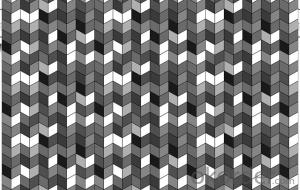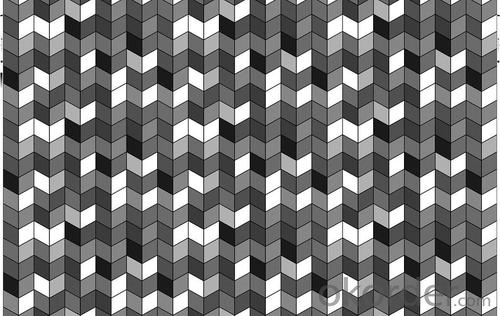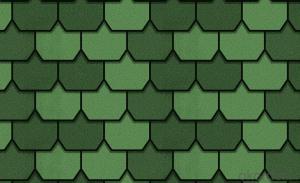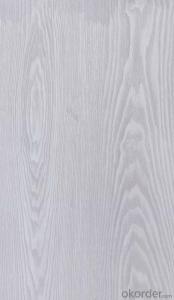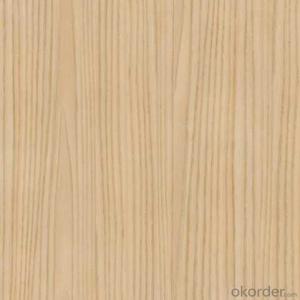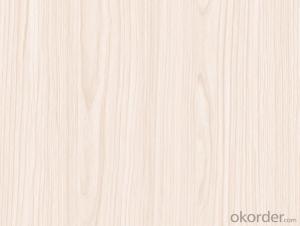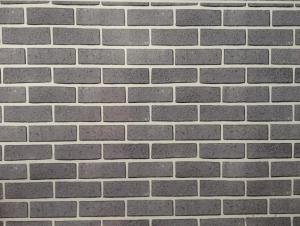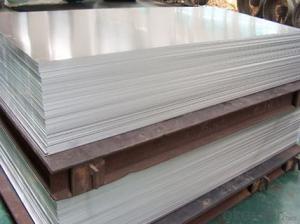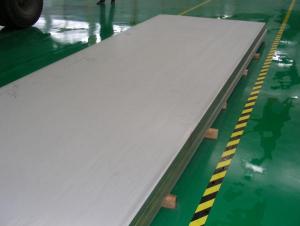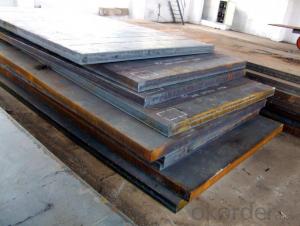color bond surface coating steel plate--XY019
- Loading Port:
- China Main Port
- Payment Terms:
- TT OR LC
- Min Order Qty:
- -
- Supply Capability:
- -
OKorder Service Pledge
OKorder Financial Service
You Might Also Like
1.Color bond surface coating steel plate :
2.More than ten years experiences, the products are sold to the domestic city and some international cities we strivc to develop production of color coating steel plate the plating (aluminum )zinc steel. Coil cheickness between 0.6mm and 1.5mm and the width from 600mm to 1250mm and a variety of high durability of color coating steel plate.
3.The company has multiple layer patterns for customers to choose The company provides products deep processing services ,meet the various needs of customers on board specifications All of out products comply with international quality standards and are greatly appreciated in a variety of different markets throughout the world.
4.If you ate interested in any of our products or would like to discuss a custom order please feel free to contact us we are looking forward to forming successful business relationships with new clients around the world in the near future.
4.We can design the color and thickness according to customers' requirements. The delivery time is only 30 day after you confirm the order.
- Q: What is the difference between a perforated and non-perforated steel sheet?
- The designs and functionalities of perforated and non-perforated steel sheets distinguish them from each other. Perforated steel sheets are characterized by evenly distributed small holes or perforations on their surfaces, which can vary in shape and size depending on specific application requirements. The main purpose of a perforated steel sheet is to enable the flow of air, light, sound, and liquids through the sheet while maintaining its structural integrity. This makes it highly suitable for applications where ventilation, filtration, or visibility is crucial. Industries such as architecture, automotive, manufacturing, and construction commonly utilize perforated steel sheets for purposes like acoustic panels, protective barriers, decorative elements, and filter screens. On the contrary, non-perforated steel sheets lack any holes or perforations on their surfaces. They are solid sheets of steel primarily used for applications where strength, durability, and resistance to impact or abrasion are significant factors. Structural engineering, machinery, shipbuilding, and heavy-duty equipment manufacturing often rely on non-perforated steel sheets as they provide a sturdy and dependable surface for load-bearing and other demanding applications. To summarize, the distinction between perforated and non-perforated steel sheets lies in their design and functionality. Perforated steel sheets possess small holes throughout their surfaces, allowing the passage of air, light, sound, and liquids. Non-perforated steel sheets, on the other hand, are solid sheets without any holes, providing strength and durability for heavy-duty applications.
- Q: Can steel sheets be used for decorative column wraps?
- Indeed, decorative column wraps can be created using steel sheets. The versatility of steel sheets allows for easy customization to cater to different design preferences. Whether one desires a sleek and modern look or a more intricate and ornate design, steel sheets can be shaped accordingly. To further enhance the aesthetic appeal and protect against corrosion, steel sheets can be painted or coated with various finishes. Moreover, steel is a durable and long-lasting material, making it suitable for both indoor and outdoor applications. Thus, if one aims to add a contemporary touch or a traditional charm to their space, steel sheets serve as an excellent option for decorative column wraps.
- Q: Are the steel sheets suitable for structural applications?
- Steel sheets are an excellent choice for structural applications, given their outstanding strength and durability. They are highly suitable for constructing buildings, bridges, and other structures that necessitate stability and support. With their remarkable tensile strength and capacity to bear heavy loads, steel sheets offer structural integrity and can endure diverse environmental conditions, such as earthquakes, hurricanes, and extreme temperatures. Moreover, steel sheets are easily fabricated and molded to meet precise design specifications, providing flexibility and versatility in structural applications.
- Q: What are the different methods of protecting steel sheets from graffiti?
- There are several methods of protecting steel sheets from graffiti, including anti-graffiti coatings, sacrificial coatings, and physical barriers. Anti-graffiti coatings are specially formulated to provide a protective layer over the steel surface, making it easier to remove graffiti without damaging the underlying material. Sacrificial coatings involve applying a removable layer of protective coating that can be easily replaced once graffiti occurs. Physical barriers, such as fences or screens, can also be installed to prevent direct access to the steel sheets, making it harder for graffiti to be applied in the first place.
- Q: Are steel sheets suitable for food processing facilities?
- Yes, steel sheets are highly suitable for food processing facilities. Steel is a preferred material for food processing due to its numerous beneficial properties. Firstly, steel sheets are non-porous, meaning they do not absorb or retain moisture, bacteria, or odors, making them highly hygienic. This characteristic prevents the growth of bacteria and minimizes the risk of contamination, ensuring the safety and quality of the food being processed. Secondly, steel sheets are easy to clean and maintain. They can withstand frequent cleaning and sanitization procedures without corroding or degrading. Stainless steel, in particular, is resistant to corrosion, rust, and staining, making it an ideal choice for food processing facilities where cleanliness is of utmost importance. Furthermore, steel sheets have excellent durability and strength, ensuring longevity and reliability in food processing operations. They can withstand heavy use, high temperatures, and mechanical stresses that are common in food processing facilities. Steel sheets also have a high melting point, making them fire-resistant, which is crucial for the safety of the facility. Additionally, steel sheets are versatile and can be fabricated into various shapes and sizes to suit the specific needs of food processing facilities. They can be used for walls, floors, work surfaces, storage units, and equipment, providing a seamless and integrated solution for the facility's infrastructure. In summary, steel sheets are highly suitable for food processing facilities due to their hygienic properties, ease of cleaning, durability, and versatility. They contribute to maintaining a safe and sanitary environment, which is essential for the production of high-quality and uncontaminated food products.
- Q: Can steel sheets be used in the defense industry?
- The defense industry commonly utilizes steel sheets, as they are a versatile and strong material. For many years, steel has been employed in various defense applications. Armored vehicles, tanks, naval ships, and aircraft carriers are all manufactured using steel sheets. These sheets offer exceptional protection against ballistic threats like bullets and shrapnel, owing to their durability and high strength. Moreover, steel sheets can reinforce buildings and structures in military bases, enhancing security and protection. In addition, defense equipment, including weapons, ammunition, and missile components, are produced using steel sheets. Overall, steel sheets are crucial in the defense industry, as they provide reliability and resistance against high impact forces.
- Q: How do steel sheets perform in terms of scratch resistance?
- Steel sheets generally have good scratch resistance due to their strong and durable nature. They are less susceptible to scratching compared to other materials, making them suitable for various applications where scratching is a concern. However, the scratch resistance may vary depending on the specific type and finish of the steel sheet.
- Q: Are the steel sheets resistant to staining or discoloration?
- Indeed, staining or discoloration poses no challenge for steel sheets. Renowned for their durability and impermeable surface, steel exhibits resistance against the infiltration of liquids or chemicals that may induce staining. Enhancing this resistance, steel sheets are frequently coated with protective finishes or treatments. These coatings function as a shield, effectively hindering any potential staining substances from permeating the steel's surface. Consequently, steel sheets stand as an exceptional option for scenarios that prioritize resistance to staining or discoloration, such as kitchen appliances, automotive components, or outdoor structures.
- Q: Are steel sheets suitable for architectural cladding?
- Yes, steel sheets are suitable for architectural cladding. Steel is a durable and versatile material that offers a range of benefits for cladding applications. Its strength and rigidity make it capable of withstanding harsh weather conditions, including strong winds, heavy rain, and snow. This durability ensures that the cladding will last for many years without requiring frequent maintenance or replacement. In addition to its durability, steel sheets provide a sleek and modern aesthetic to buildings. They can be finished in various ways, including painting, powder coating, or applying a metallic finish, allowing for endless design possibilities. Steel cladding can be used to achieve a contemporary or industrial look, making it a popular choice for commercial and residential buildings alike. Steel sheets are also highly resistant to fire, pests, and rot, making them a safe and long-lasting choice for cladding. They are also relatively lightweight, which can help reduce construction costs and make installation easier. Furthermore, steel is an environmentally friendly material. It is recyclable, making it a sustainable choice for cladding. Steel cladding can also help improve energy efficiency by providing better insulation and reducing heat transfer, resulting in lower energy consumption for heating and cooling. Overall, steel sheets are a suitable option for architectural cladding due to their durability, aesthetic appeal, safety features, sustainability, and energy efficiency benefits.
- Q: What is the typical price difference between galvanized and non-galvanized steel sheets?
- The typical price difference between galvanized and non-galvanized steel sheets can vary depending on factors such as size, thickness, and market conditions. However, in general, galvanized steel sheets tend to be more expensive than non-galvanized ones, typically costing around 10-20% more.
Send your message to us
color bond surface coating steel plate--XY019
- Loading Port:
- China Main Port
- Payment Terms:
- TT OR LC
- Min Order Qty:
- -
- Supply Capability:
- -
OKorder Service Pledge
OKorder Financial Service
Similar products
Hot products
Hot Searches
Related keywords
